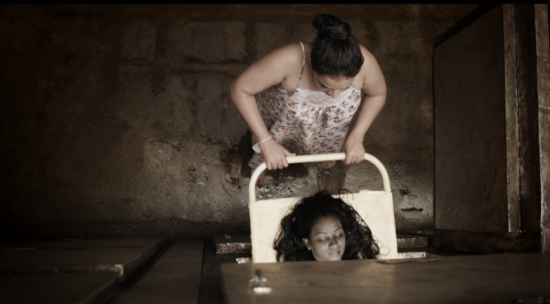
Five Questions is a short series where we interview interesting personalities and shine the spotlight on some of Sri Lanka’s more intriguing professions.
As an art therapist, Shimali Perera knows a lot about stress and de-stressing; something most of us could use with experiencing less of the former and more of the latter. She recently held a public group workshop at Sooriya Village, Colombo, open for anyone to join. Shimali was overjoyed by the response: 50 plus people at a paid event on a Sunday morning!
Clearly, in Colombo at least, the stigma around mental health is gradually being broken down. And as people seek novel ways to find solace in their lives, sessions like these are becoming more popular and easier than ever to access. As one of only a handful of alternative therapists in the country, Roar Media was excited to talk to Shemali about her journey into art-as-therapy.
Over 95% of the attendees at your group workshop last week were women. Why do you think that was?
I was shocked, to be honest! When I saw so many women I was like ‘wow’. I guess there is more of a stigma here for men seeking treatment or therapy. Maybe it’s easier for women to open up? Maybe it’s because I’m a woman and women find it easier to open up to another woman?
But I was glad there were at least two men there to add some balance.
What could someone expect from a group art therapy session?
A safe space. That’s the most important part: creating a safe space so people can open up, relax and be themselves. A part of it is releasing the inner child. Drawing, painting, making a collage: all things we did as a kid, but rarely do once we grow older.
At group sessions, I use some nice icebreakers. Last week, I asked people to pair up with someone they didn’t know and have a casual conversation. They then had to write a short note about the person—something positive—and stick it on their new friend’s back. People always write such nice things: “She has a lovely smile; she’s very passionate about her work etc”. When the recipient finally sees what the other person wrote about them, they feel really good.
What is the goal of art therapy?
The first thing to note is that it’s a process. The immediate goal is relaxation. But for people who come long-term for one-on-one sessions, they can meet internal conflicts head-on.
Sometimes words are not enough. Art lets us say things we might not be able to ordinarily say. The safe space allows for fears, anxieties, tensions, stresses, and sadness to come out on to a page, without judgment from others. You can then reflect on it and make sense out of what poured out. Anyone can achieve insight, resolve conflicts, and just better manage their emotions by engaging in art therapy.
What drew you to the field of art therapy?
A mix of things, but first and foremost my high school English Literature teacher. After A-levels, I went to her for a university application reference; I was applying to study IT. And she stormed out! She spoke to my mother and said I should study to be a psychologist. She said I was a people’s person, and I have to do this!
Later, during the final year of my BSc, I worked with counselor Seema Omar at a psychiatric halfway house in Mulleriyawa. Seema used art in her counseling and that’s where I first learned what art therapy was. I was inspired so much, I moved to Singapore Lasalle College of Art to study a Masters in Art Therapy. This was an extremely tough experience: the culture change, being away from home, the demanding workload. But I stuck with it and, through prayer, I kept going.
Why is there still such a stigma around mental health in Sri Lanka and beyond?
I think it’s the fear of being judged. Being labeled freaks people out. Often, once someone is labeled, they are judged purely on that going forward. We need to remember to always put the human first.
Using language better can make a big difference here. In English, we call it people-first language. This ensures we always put the person before the diagnosis. So we say “people with mental health issues”, not “the mentally ill”, or “person with disability”, not “that disabled person”. Small changes like this will slowly lessen the stigma around mental health.








